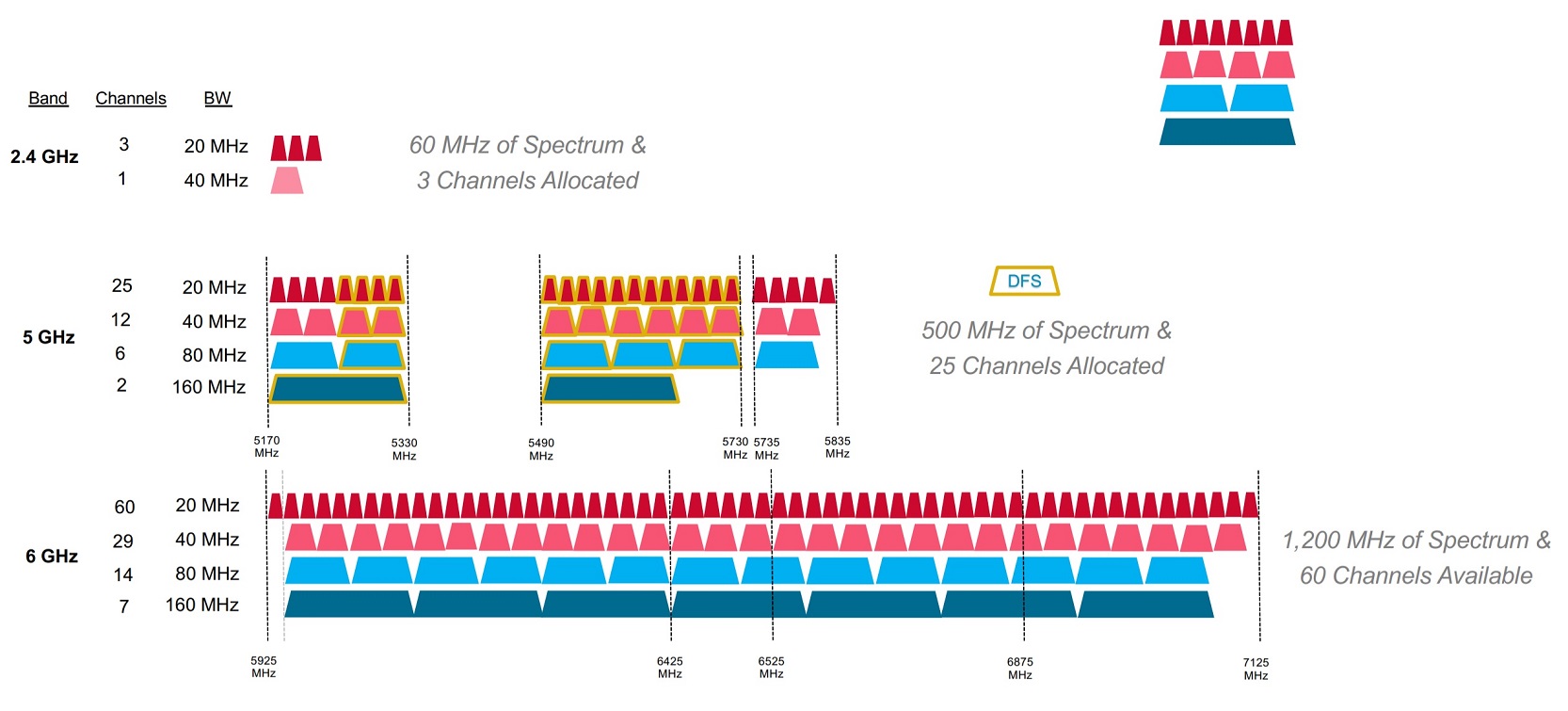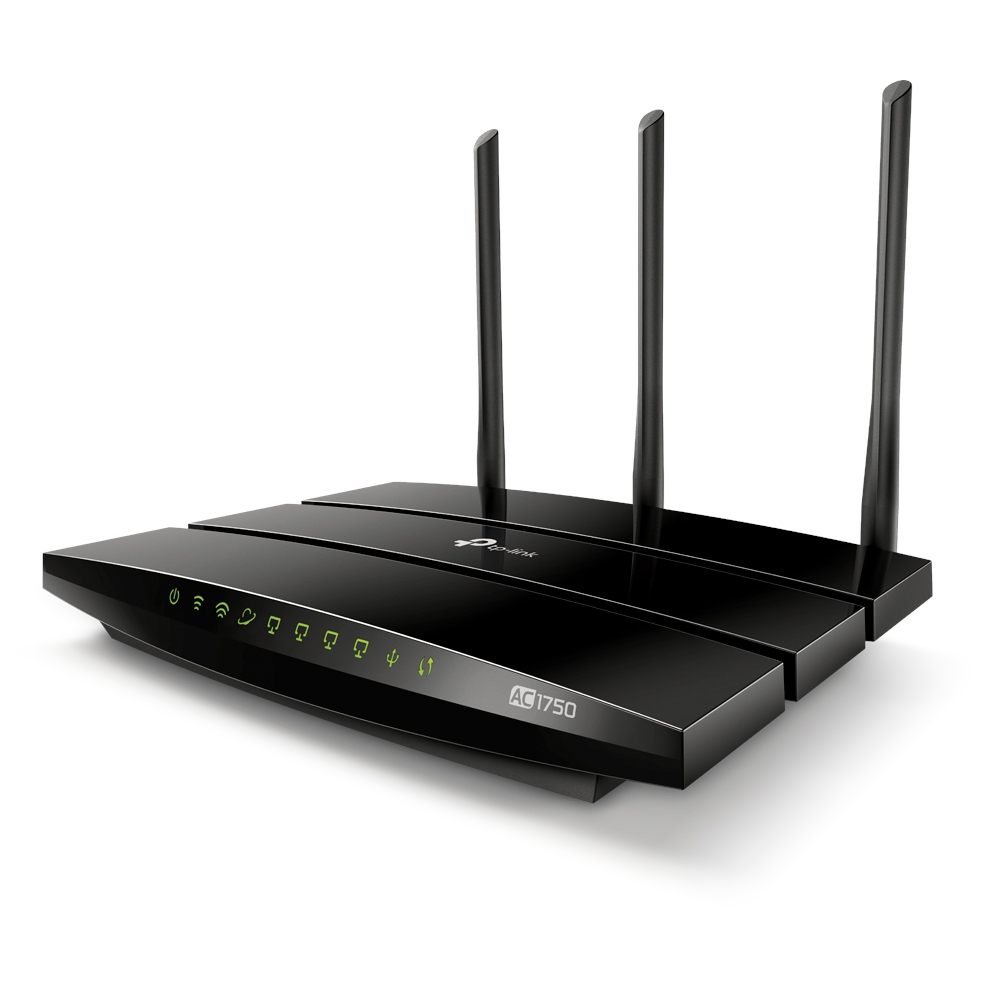@peaks Thanks for sharing your perspective and experience and for taking the critiques from forum regulars in stride.
What you have is obviously working for you, so I agree there's no need to change it. If you do try one of the inexpensive Wi-Fi 6 routers, it would be interesting to hear your experience.
AX OFDMA is still a work in progress and you need multiple Wi-Fi 6 devices. That means most of the home 2.4 GHz "IoT" devices in the wild can't do OFDMA, or TWT, for that matter.
A few questions:
- Have you tried running 40 MHz wide 5 GHz channels to see if there is any user impact?
- Do you have any way to measure channel use/congestion? It would be interesting to see how much of the available bandwidth you are using in each channel.
- Do you do any band steering / load balancing across radios?
Hi Tim! Thanks again for bringing back full SNB! Your site has been an amazing resource for me for a very long time. I was worried when reviews tapered as there is no way to trust any other reviewers! I will be following your 6E reviews closely and upgrading when it's clearly matured according to YOU. That's a few years away, but I love the depth of your testing and reviews, for an EE there are NO BETTER REVIEWS ON THE INTERWEBS. So, thanks!
I have not tried 40MHz, as that would cut my throughput in half by definition, and I'm looking for max bandwidth. Since none of my devices support 160MHz, 80MHz is my holy grail and so I don't want to use 40Mhz, or 20 etc. But I get why corp environments do it when they have a lot of users to support. Like the 20MHz slices at stadiums etc. Nah, my home is full speed all the time.
I don't use any central tools but the DDWRT instances do have ways of measuring use and congestion. That said, I just do it with speedtests and wifi sweetspot as I move around my house. If I see less than 400, I'll bring up the Wifi Explorer to see what's happened. 9 times out of 10 any slow down is due to either a (new) neighbor co-channel, or one of my own DFS channels switching due to, well, DFS. I always know, if chan 36 slows down, that an AP has bailed from DFS to 36, because that instantly halves my performance. The nightly radio resets on the DFS APs make that very infrequent, or at least something I rarely notice.
I don't do band steering or load balancing, but the topology of the network is such that different channels are stronger in different places and the clients tend to switch accordingly. When I was optimizing, I lowered the power of a couple APs because they were too sticky, but since most of the channel choice decisions are done on the client side I just cater to that, as most of your reviews make AP based steering seem...weak at best, when trying to counter the much stronger client choices.
The 5GHz network is only for users. Phones, computers and TV streamers stay on 5Ghz, and all the IoT stays on 2.4. So band steering isn't needed; the 5 and 2.4 nets have different names and are functionally distinct. I haven't bothered implementing VLANs, but if I do it will be to sequester the IOT. I hated when my devices would pop to 2.4 years ago when I had same name 2.4/5; that's why I went all 5Ghz and broadcast 6 channels; at no point does performance depreciate from 5GHZ 470Mbit to 2.4MHz 70Mbit, because I've always hated when that happens. This is why I am blanketed in 5GHz channels. I keeps it 5G



